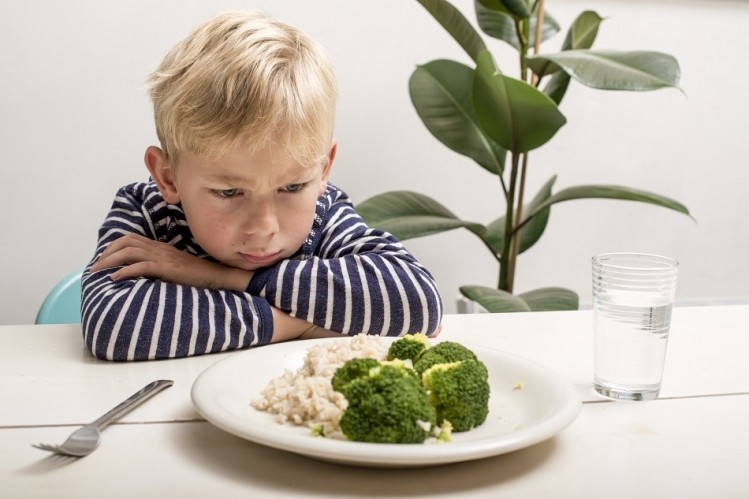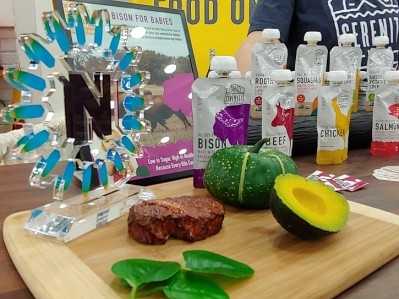Providing kids multiple options of vegetables leads to increased consumption, study finds

Lead author of the study, Dr Astrid A.M. Poelman, noted that Australian dietary recommendations for vegetable consumption for young children have increased in recent years while actual consumption remains low.
In the US, the situation is similar: according to the latest update of the Nestlé Feeding Infants and Toddlers Study (FITS) published last year, 27% of toddlers and preschoolers don’t eat a single serving of vegetables on any given day. These findings fall well below the USDA dietary guidelines, which recommends that children 4- to 8-years-old eat at least 1½ cups (roughly 2-3 servings) of vegetables per day.
"This study introduces an effective strategy for parents wanting to address this deficiency," Dr Poelman said.
Methods
Researchers recruited 32 families with children between the ages of four and six where low consumption of vegetables was reported.
Three groups were created: children introduced to a single vegetable; children who received multiple vegetables; and a group where eating habits were not changed.
Study data was collected in several ways including two dinner meals served at the research facility during which children could eat as much of the broccoli, cauliflower and green beans as they wanted. Researchers also collected data on changes to actual vegetables consumed at home, childcare or school recorded through food diaries; and parents reporting on usual vegetable consumption.
For the first study group where children were introduced to a single vegetable, parents offered broccoli. Families introducing multiple vegetables to their children (the second group), served broccoli, cauliflower, and green beans. The third or comparison group did not change their eating habits and vegetable consumption.
Children were served a small piece of vegetable three times a week for five weeks. A sticker was given as a reward to children trying a vegetable.
Results: Children offered multiple vegetables doubled consumption
There was no difference between groups at the start of the study for any of the methods measured, noted researchers.
The dinner meal, during which the children ate without parents present, did not increase consumption, and researchers hypothesized it was due to an unfamiliar setting.
However, by the end of the study, families in the second group – where children were offered the option of three vegetables – saw their child’s vegetable intake double over the course of the study from .6 to 1.2 servings (1 serving = 75 grams or roughly ½ cup of whole vegetables).
This same group of families noted increased acceptance for multiple vegetables during the five weeks of the study and at the three-month follow-up.
Following the study, parents reported that offering vegetables to their children was "very easy" or "quite easy" with the majority continuing the similar methods used during the five weeks of the study.
Uphill battle of meeting dietary guidelines
While the study demonstrated increased consumption of vegetables through offering children three vegetables instead of one option, the intake of vegetables reported at the end of the study still fell shorts of national dietary guidelines for kids, noted Dr Poelman.
The USDA recommends that children between the ages of four and eight should get at least 1 ½ cups of vegetables or approximately 150 grams.
"While the amount of vegetables eaten increased during the study, the amount did not meet dietary guidelines. Nonetheless, the study showed the strategy of offering a variety of vegetables was more successful in increasing consumption than offering a single vegetable," said Dr Poelman.
What is the most effective way of introducing more vegetables into a child's diet? Food brands are taking all sorts of different approaches to introducing more vegetables into a child's diet whether it's using 'stealth health' tactics where veggies are masked by kid-friendly flavors and ingredients or products that overtly celebrate the taste of the vegetable as its main ingredient. We'll dive deep into this topic and so much more at the second annual FOOD FOR KIDS summit in Chicago on Nov. 18-20. Take a look at the program HERE and register HERE!



















